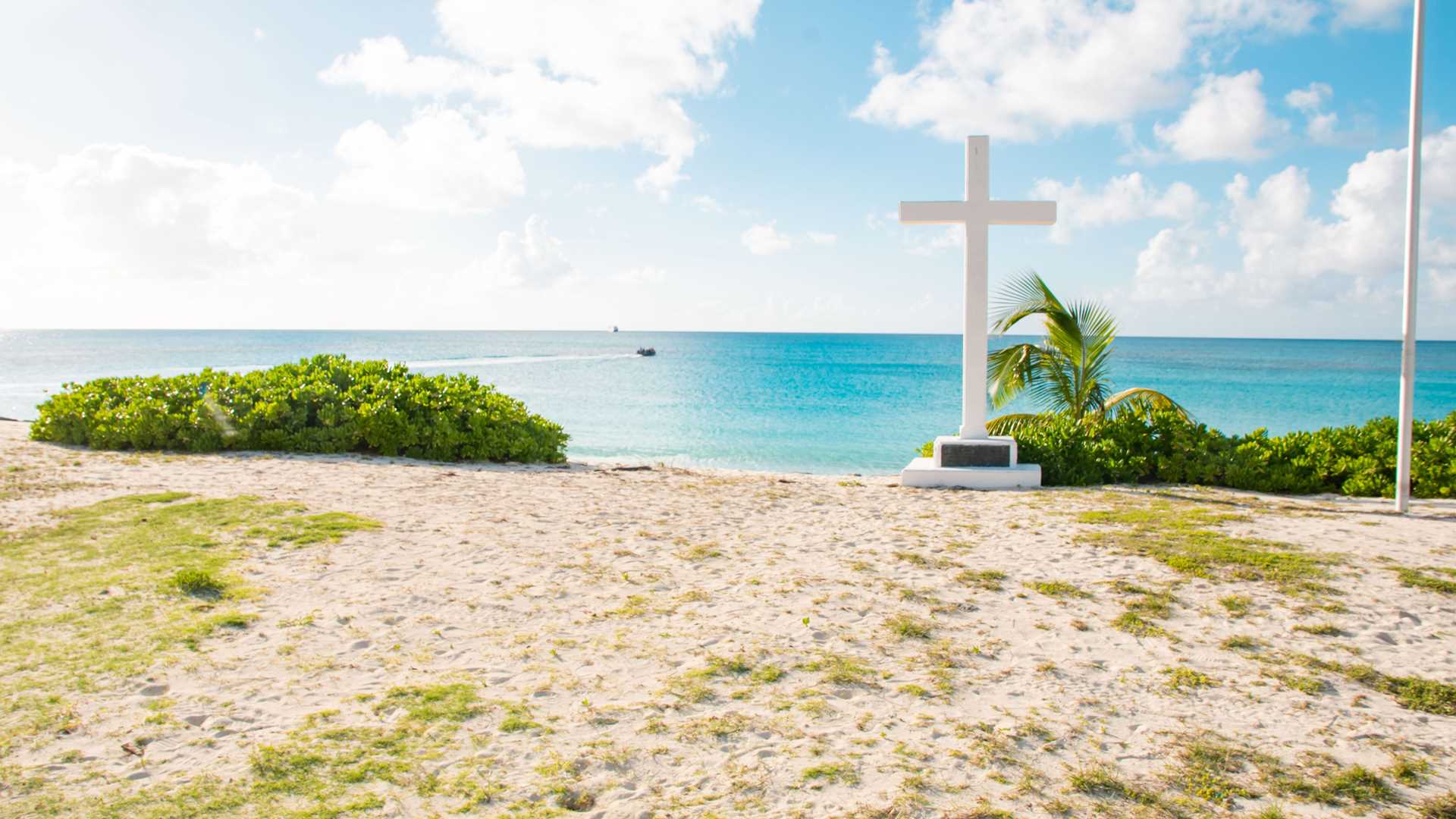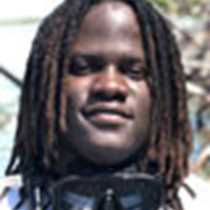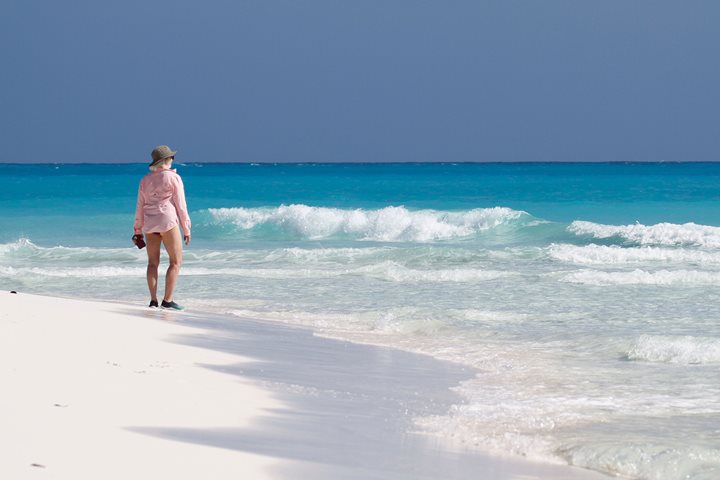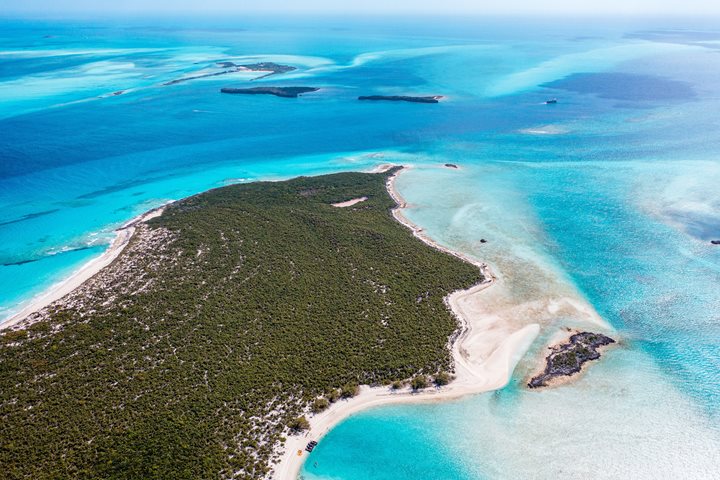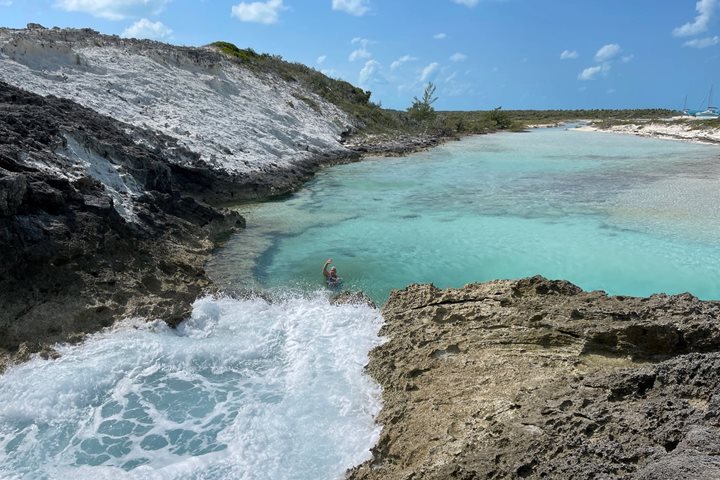In the early 15th century when Christopher Columbus made his historic journey across the oceans to discover the new world, he made stops at several destinations. For decades, where he landed first has been debated. Most historians, and strong evidence and research, points to the island of San Salvador as the first place Columbus landed. More specifically Long Bay, on the western coast of San Salvador.
Like true explorers, we also anchored National Geographic Sea Lion off the western coast of San Salvador and made landfall on Long Bay. For our last day of this historic Lindblad expedition, we wanted to explore the history and culture of this beautiful island.
There are five national parks on San Salvador that protect critically important habitats, species, and spaces on the island. We originally planned on dropping anchor near Graham’s Harbour Seabird and Iguana National Park to take a Zodiac tour around the small cays to see the namesake species of the park; however the weather today made this impossible.
We decided to shift gears and head further south, along the west coast, to spend the entire day hunkered down in the West Coast Marine National Park. Among other things, this 10,000-acre national park protects some of the most dramatic and breathtaking coral reef wall formations in The Bahamas, which are world renowned for scuba diving. It also protects other shallow coral reefs and several bay areas, including Long Bay.
In the morning, we snorkeled the extensive reefs that are only a few hundred feet from shore. We were able to see these incredible reef structures, the wildlife that inhabit them, and also got a good look at some of the issues that coral reefs face like disease and pollution.
After heading back to the ship for lunch, we returned to Long Bay for an afternoon on the coast. We were greeted by J. Johnson, local senior tourism executive who shared an in-depth perspective of the rich natural and cultural history of San Salvador.
Afterwards, we viewed the several monuments that are on Long Bay and in the “Landfall Park” including the primary monument erected at the area believed to be where Columbus came ashore, and statues commemorating the 400th and 500th anniversary of the landing. Among the Columbus Landfall monuments there is also a large monument built to receive the Olympic Flame on September 1968.

